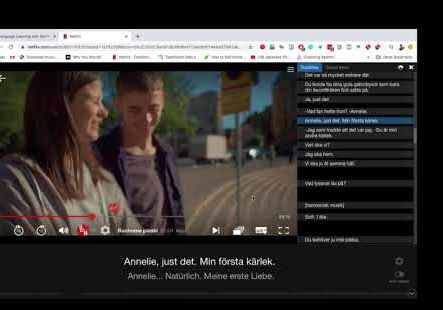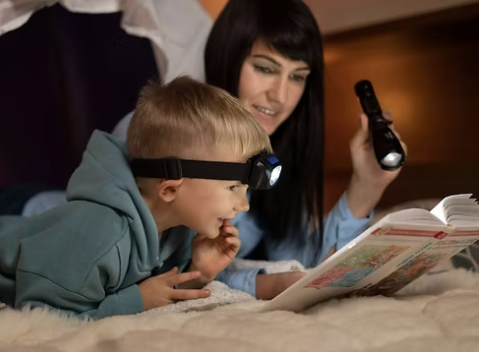Reading instruction has entered an exciting era in 2025, shaped by innovative practices, digital tools, and a deeper understanding of how students learn best. As classrooms evolve, educators are combining proven strategies with emerging technologies to better support readers of all levels. The future of reading instruction is not just about teaching students to decode words—it’s about empowering them to comprehend, connect, and grow through the power of literacy.
Personalized Learning Paths
One of the most significant shifts in reading instruction is the emphasis on personalization. Educators now have access to tools that track student progress in real time, allowing them to tailor reading materials and activities to each learner’s level and interests. This approach keeps students engaged and motivated, turning reading into a more meaningful and individualized experience.
Technology-Enhanced Literacy Tools
Digital platforms and apps are playing a larger role in reading instruction. Interactive e-books, voice-assisted reading tools, and adaptive reading programs help meet the needs of diverse learners. These tools offer built-in support such as definitions, audio narration, and quizzes that enhance comprehension. For struggling readers, technology provides valuable scaffolding that promotes confidence and independence.
Blended Learning Environments
In 2025, reading instruction often happens in blended settings, where face-to-face lessons are paired with online resources. Teachers use digital reading libraries, virtual discussion boards, and interactive assignments to extend learning beyond the classroom. This hybrid model supports flexible pacing and gives students more opportunities to practice reading in different formats.
Focus on Critical Thinking and Media Literacy
With the rise of digital content, reading instruction now includes teaching students how to evaluate sources, interpret online information, and understand media messages. Educators are integrating lessons on critical thinking and media literacy to help students navigate a complex information landscape. This prepares readers not only to comprehend texts but also to think analytically and make informed decisions.
Culturally Responsive Reading Materials
There is also a growing commitment to using reading materials that reflect students’ backgrounds and identities. In 2025, more classrooms feature diverse authors, characters, and perspectives that help students see themselves in what they read. This inclusive approach boosts engagement and fosters empathy, creating richer reading experiences for all learners.
Conclusion
The future of reading instruction in 2025 is dynamic, inclusive, and student-centered. With the support of personalized tools, technology, and culturally responsive practices, educators are better equipped to help every student succeed. As these innovations continue to shape how reading is taught, one thing remains clear: the heart of reading instruction is still about helping students discover the joy and power of literacy.



